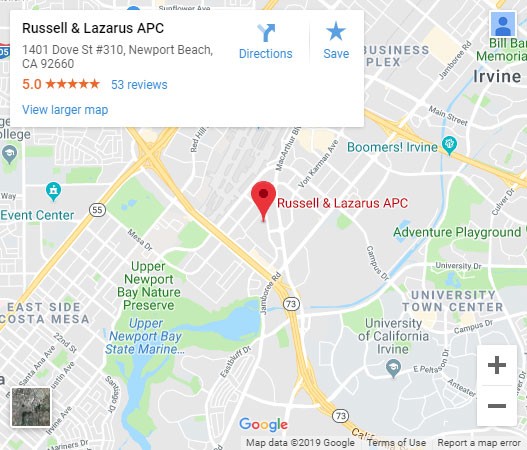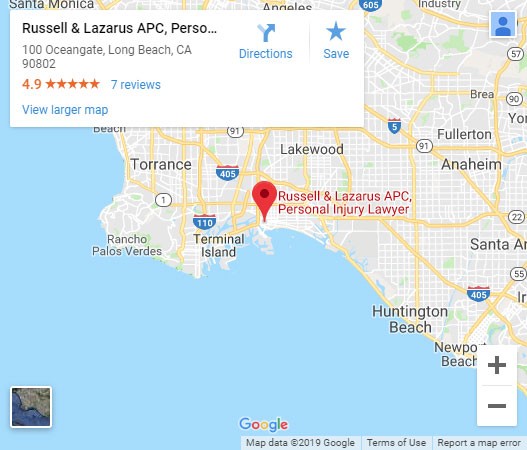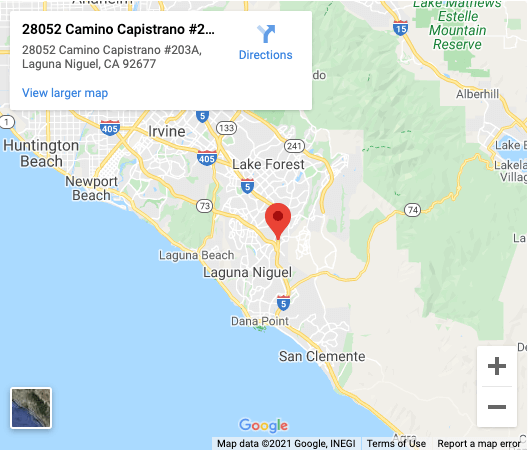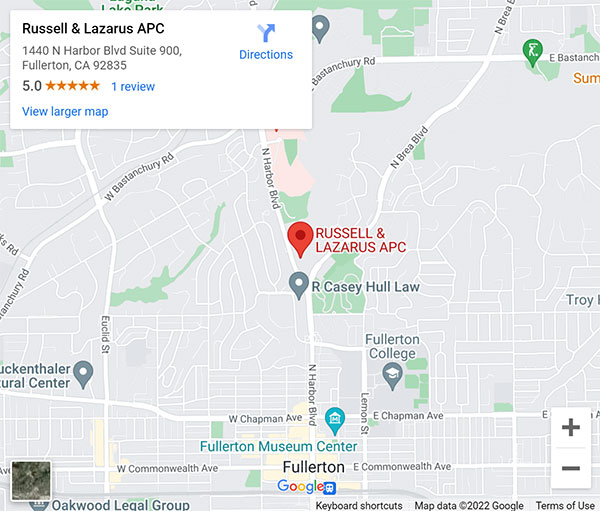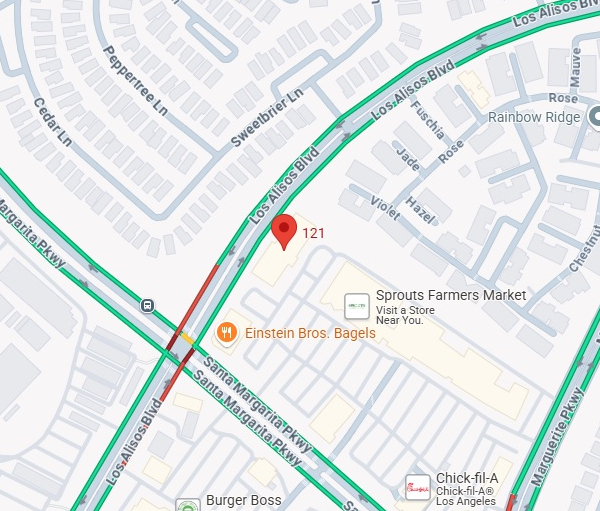Who Could Be at Fault?
Pedestrians involved in an accident with a vehicle have no protection against the collision. There is no metal, enclosed box that could protect you from suffering injuries. There is no seat belt that could prevent your body from being thrown. There is no airbag that could cushion a blow. The impact will hurt and could even kill you. But is it always the driver’s fault? A Newport Beach accident attorney can help you find who’s at fault.
Who’s at Fault?
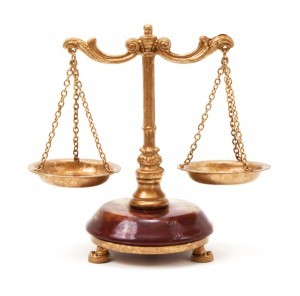
Generally, the person who fails to exercise a reasonable standard of care under the circumstances may be considered at fault, or negligent.
Driver of the Vehicle
A driver of a vehicle (e.g. car, bus, motorcycle, truck, etc.) has a duty to operate his or her vehicle in a safe manner under the circumstances. The driver must also obey all traffic laws, including giving a pedestrian the right of way. Violation of the traffic laws is considered negligence. A Newport Beach accident attorney generally sees drivers at fault because of:
- Speeding
- Failed to stop at a red light or stop sign
- Failed to yield to pedestrians in a crosswalk while making a left or right turn
- Driving while under the influence of drugs or alcohol
There are instances, however, when the pedestrian could be held at fault for the accident.
Pedestrian
Pedestrians must exercise reasonable care for their own safety. The pedestrian could be negligent if he or she:
- Crossed against the traffic signal (e.g. the pedestrian was in the crosswalk but the signal was a red “Do Not Walk” command)
- Jaywalked or crossing in the middle of the street outside of a crosswalk
- Entered a street or highway while intoxicated
- Walked along highways, bridges, or causeways where pedestrian access is prohibited
- Unexpectedly and suddenly ran out into the street
Other parties
Other parties could also be negligent. A Newport Beach accident attorney illustrates:
- Manufactures of the vehicle could be at fault if there was a defect in the vehicle preventing it from coming to a complete stop (e.g. defective brakes).
- Parties responsible for maintaining the sidewalk, road, or parking lot, which could have forced the pedestrian to walk in harms way. For example, the pedestrian was walking on an icy sidewalk, slipped, and fell into oncoming traffic. The party responsible for keeping the sidewalk clear of ice could be held liable because they have a duty to maintain their property.
Comparative Fault
Multiple parties could also share fault. For example, the driver was speeding and hit a pedestrian who was jaywalking.
California follows the pure comparative fault rule: so long as the pedestrian is not completely negligent or at fault, then the pedestrian can recover for his or her injuries even if the pedestrian was more at fault than the driver. However, the amount of recovery is reduced in proportion to the pedestrian’s fault.
Contact a Newport Beach Accident Attorney
Contact Russell & Lazarus APC, a Newport Beach accident law firm, at (800) 268-9228 for further information.
Locations
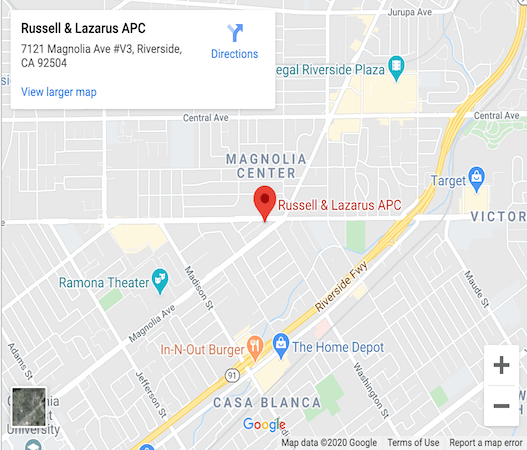
Phone: (951) 485-4000
Toll-Free: (800) 268-9228
Grandville Executive Suites
7121 Magnolia Ave., #V3
Riverside, CA 92504

